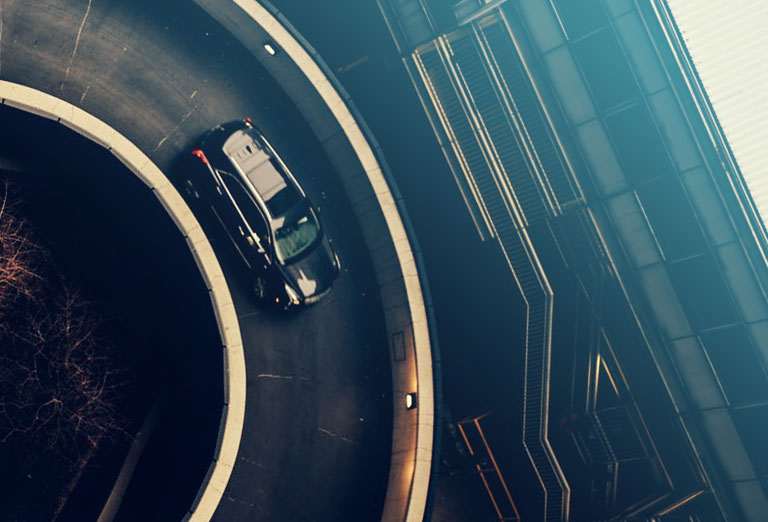Vehicle depreciation

Cars begin to depreciate the moment you pick up the keys and take them on their first journey. Many of us fail to consider depreciation (which is the difference in cost between buying the vehicle and selling it) when working out running costs even though it is the single biggest factor when calculating cost per mile.
Generally speaking, a three-year-old car will have covered 30,000 miles, experienced some wear and tear and, let’s face it…if the driver has children, the interior may have experienced a redecoration (intentional or otherwise). Cars will lose most of their value in their first year and this rapid decrease will only start to slow down after three years, when they have lost approximately 50% of their value!
How to minimise depreciation
- Keep mileage down – the average mileage is approximately 10,000 miles per year
- Avoid changing the owner of the vehicle – more owners means more people to trust
- Keep up to date with your service history (and keep a record of it)
- Stick to popular colours and avoid modifications, especially any “boy racer” additions!
- Keep the car clean – long term dirt may not be easy to remove
- Attend promptly to any repairs
Depreciation can also be affected by updates to the vehicle model. Approximately every 6 years, vehicle manufacturers will completely redesign the model which potentially includes new features, new interiors and a new engine. In-between that time, the car is often given subtle updates to keep the car looking modern, such as new lights or new wheel designs.
In light of this, keep an eye on manufacturers model cycles as this can have an affect on the price you pay. For example, in two years’ time, the new 2019 Ford Focus will command a much higher price in the used car market than one that is just six months older and in the outdated style. When shopping around for a new car, ask around and check car buyer forums or magazines, this will ensure you get the best possible combination of features and pricing.
Smooth driving is one of the best ways to reduce wear and tear and minimise depreciation, which is where we come in! Lightfoot is designed to encourage and reward smoother driving. Our driver behaviour technology consists of a unique system of audio and visual prompts which provides instant feedback to drivers. Lightfoot also helps you reduce fuel waste, carbon emissions and road accidents.
If you are considering implementing Lightfoot in your fleet, you can contact us here or download our brochure here.
